

Admission agreements hold a significant place, particularly in the context of various institutions and organizations. These agreements are formal contracting agreements that establish a relationship between parties, laying out the terms and conditions for admission. Whether it pertains to educational institutions, healthcare facilities, or even social clubs, admission agreements play a crucial role in defining rights, responsibilities, and expectations. Membership agreements are significant in business entities such as limited liability companies (LLCs) for their LLC operating agreement or cooperative policy. These agreements define the rights and obligations of members, including their financial contributions, voting rights, standard operating procedure, profit participation, and exit provisions. By establishing the terms of membership, admission agreements ensure that all members are aware of their rights and obligations, fostering transparency and fairness within the organization.
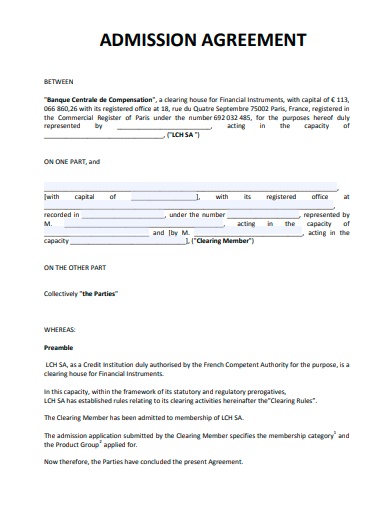
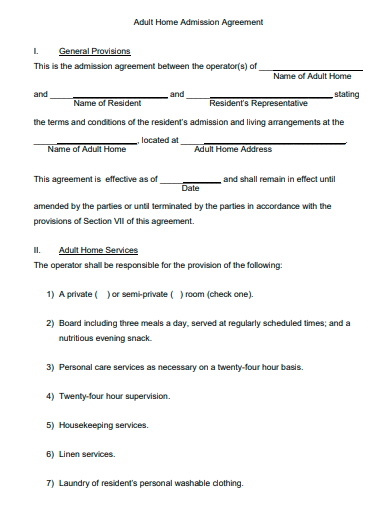
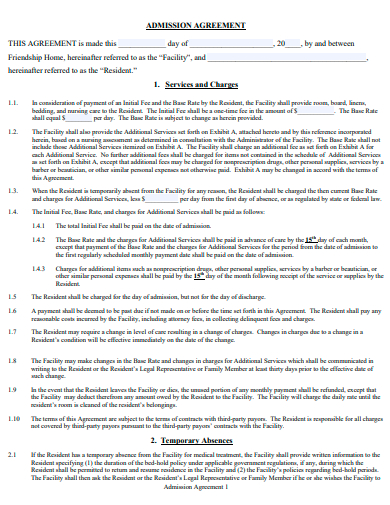

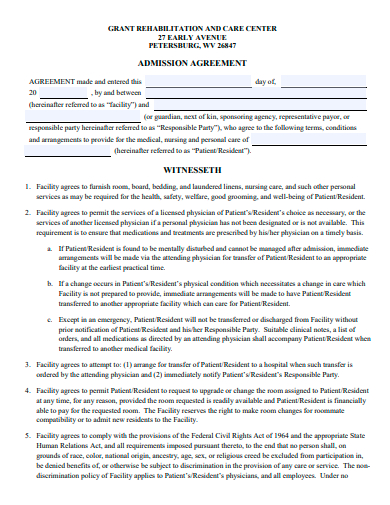
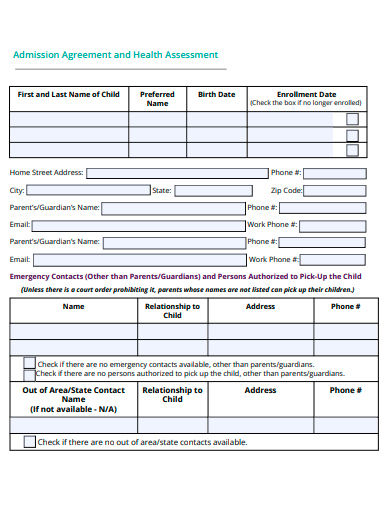
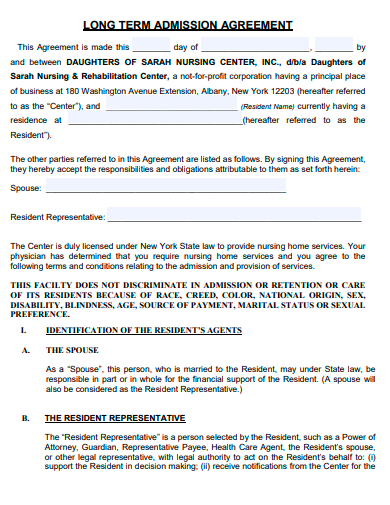
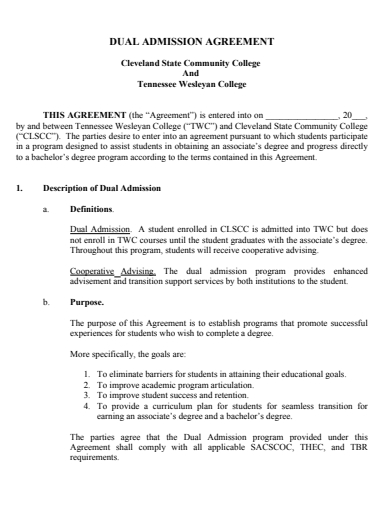
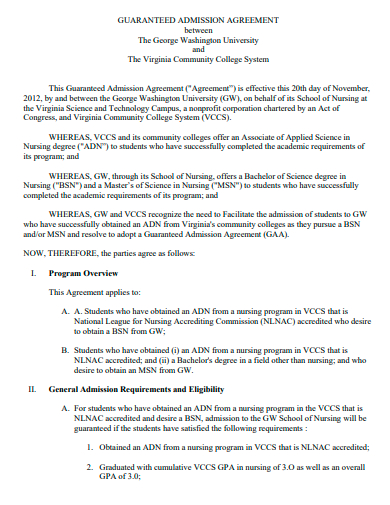
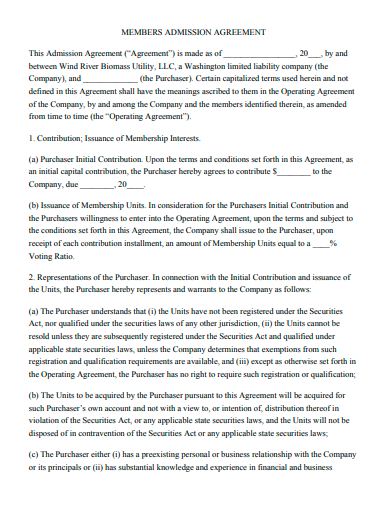
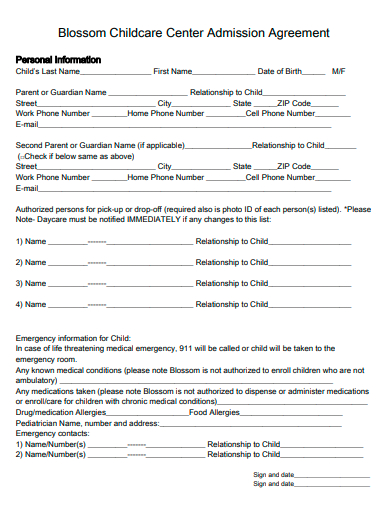

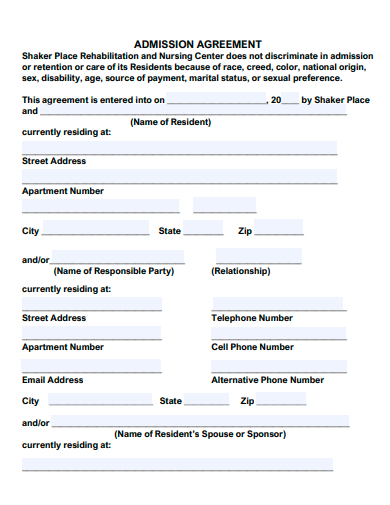
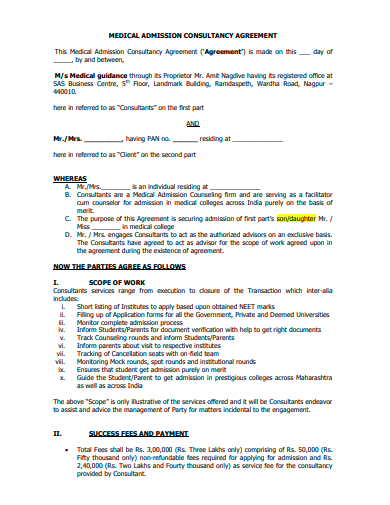
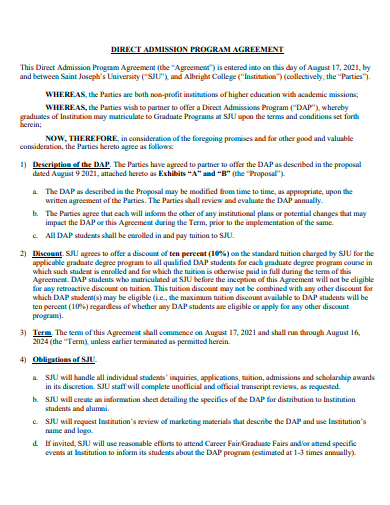
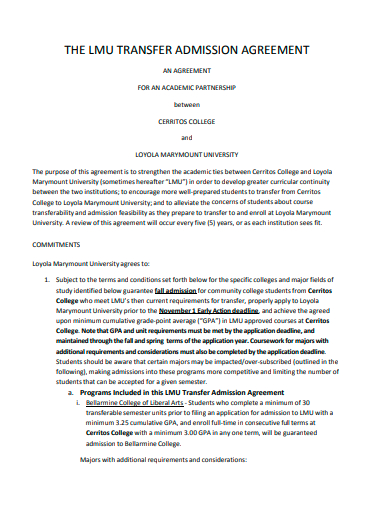
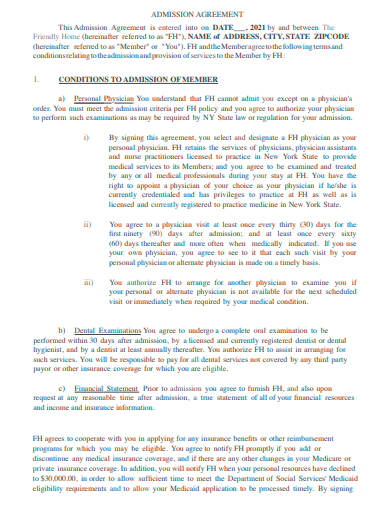
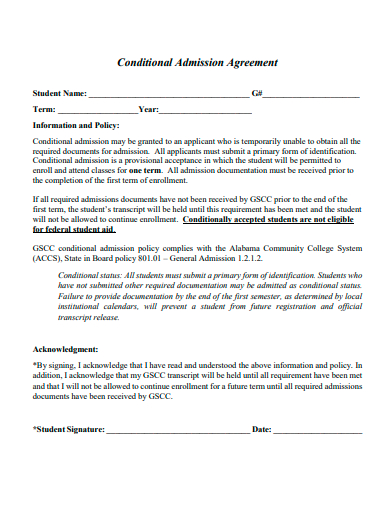
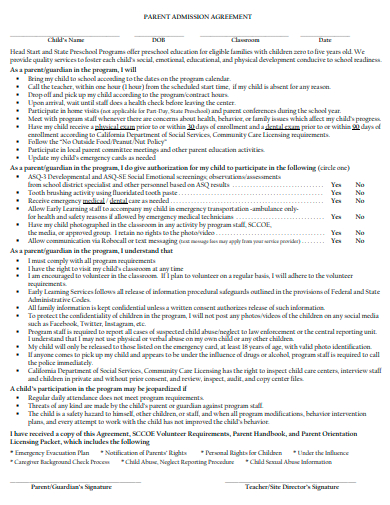
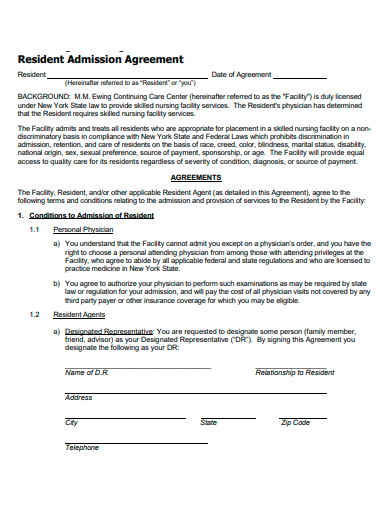
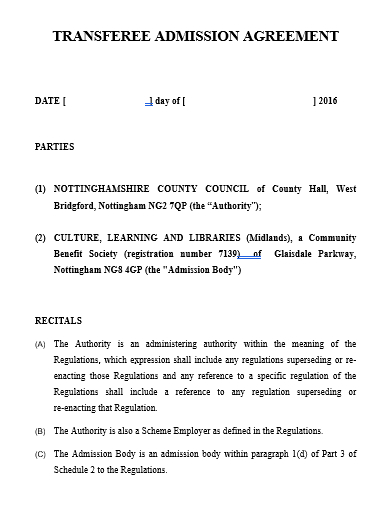
An admission agreement is a legally binding contract or document that establishes the terms and conditions for admitting an individual or entity into a specific organization, institution, or business. It outlines the rights, obligations, and responsibilities of both parties involved in the admission process. The agreement serves as a reference point for defining the relationship between the admitting party and the individual/entity seeking admission, and it typically covers aspects such as admission criteria, duration of admission, financial considerations, rights and privileges, obligations, confidentiality, dispute resolution, and governing law.
Admission agreements provide clarity, protect the interests of both parties, and ensure compliance with relevant laws and regulations. Creating an admission agreement involves careful consideration of the specific circumstances and requirements of the business or organization. While it is recommended to consult with legal professionals to ensure compliance with relevant laws and regulations, here are some general steps to help you make an admission agreement:
Clearly identify the business entity or organization and the individual seeking admission. Include their full legal names, addresses, and any other relevant identification information.
Clearly state the purpose of the admission agreement and define its scope of work. Specify the nature of the business or organization and the rights, responsibilities, and obligations associated with admission.
Outline the specific criteria for admission, including any qualifications, prerequisites, or requirements that the individual must meet in order to gain admission. This may include factors such as qualifications, experience, financial contributions, or other relevant considerations.
Define the terms and conditions of admission. Include details such as the duration of the agreement, renewal or termination provisions, any probationary periods, and any specific terms that apply to the admission process.
An admission agreement is important because it provides clarity and establishes a framework for the relationship between the admitting party and the individual/entity seeking admission. It helps define the rights and obligations of each party, ensures compliance with relevant laws and regulations, and protects the interests of both parties involved.
An admission agreement involves two parties: the admitting party (such as an organization, institution, or business) and the individual or entity seeking admission. Depending on the context, additional stakeholders or representatives may be involved in the negotiation or review of the agreement.
Yes, an admission agreement can be customized to suit the specific needs and requirements of the organization or business. The terms and conditions can be tailored to address the unique circumstances and expectations of both parties involved. It is advisable to consult with legal professionals to ensure compliance with applicable laws and regulations while customizing the agreement.
Admission agreements are fundamental documents that define the relationship between parties in various domains. From education to healthcare and social clubs, these agreements serve as the bedrock for establishing rights, responsibilities, and expectations. They provide legal protection, ensure transparency, and foster accountability. Admission agreements are essential for maintaining a harmonious and structured environment within institutions and organizations, benefiting all parties involved.